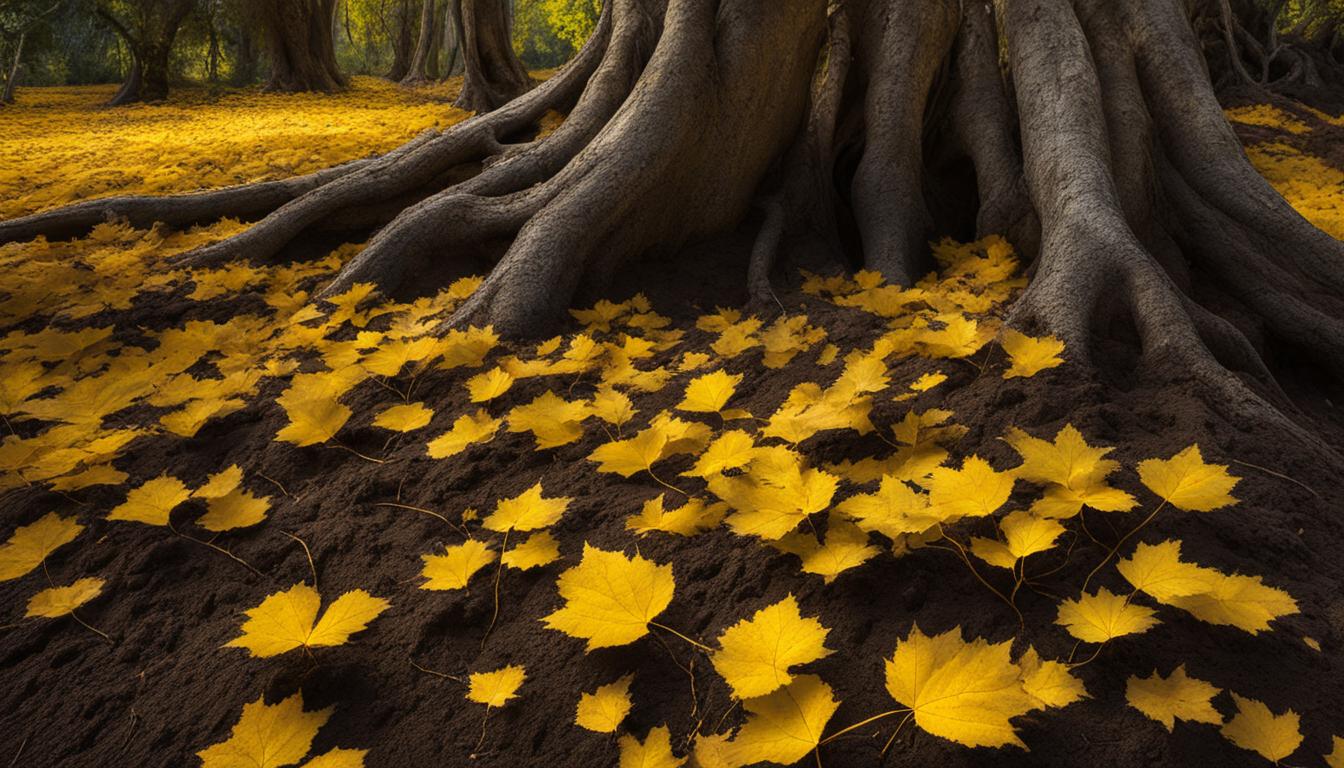
When leaves on a plant turn yellow, it usually means that something is not right with the plant’s health. Yellow leaves on plants can be indicative of various issues, ranging from natural aging to nutrient deficiencies, pests, diseases, or environmental stress.
The term associated with the yellowing effect in leaves when a nutrient is lacking is called “chlorosis.” Chlorosis is a disease that can cause plant leaves to turn yellow if they do not produce enough chlorophyll.
Some common causes of yellow leaves on plants include a deficiency of light, scarcity or excess of water, nutrient deficiency, high pH of the soil, fertilizer burn, and insects.
Key Takeaways:
- Yellow leaves on plants can signal various issues, including nutrient deficiencies.
- Chlorosis is the term for yellowing leaves due to a lack of chlorophyll production.
- Common causes of yellow leaves include light deficiency, water issues, nutrient deficiencies, high soil pH, fertilizer burn, and insect damage.
- Identifying the specific nutrient deficiency is crucial for effective treatment.
- Proper plant care, including providing adequate light, water, nutrients, and pest control, can prevent and treat yellow leaves.
Why Do Plant Leaves Turn Yellow?
Plant leaves can turn yellow due to a variety of reasons. It could be caused by an inadequate supply of nutrients or simply natural aging. Some common symptoms of plant nutrient deficiency include:
- Yellowing of older leaves
- Yellow patches between leaf veins
- Yellowing between leaf veins
- Yellowing of young leaves at the plant highs and branch tips
Identifying the specific nutrient deficiency is crucial in providing the appropriate treatment and maintaining the health of the plants.
When plant leaves lack essential nutrients, such as nitrogen, potassium, magnesium, iron, or sulfur, they may develop chlorosis, where the leaves lose the essential green pigment chlorophyll. Different nutrient deficiencies can cause different patterns of yellowing on the leaves. For example, lack of nitrogen causes a broad yellowing of leaves, starting with older and inner leaves. On the other hand, potassium deficiency shows as a yellow color on leaf margins. By identifying the specific nutrient deficiency, appropriate measures can be taken to prevent and treat yellow leaves on plants.
Proper plant care and maintenance are essential in preventing and fixing yellow leaves. This includes ensuring plants receive sufficient light, adjusting watering practices to avoid overwatering or underwatering, providing the necessary plant nutrients through fertilization, and promptly addressing insect infestations. Regular monitoring and observation of plants can help detect and address any issues before they lead to significant damage.
Table: Common Nutrient Deficiencies in Plant Leaves
| Nutrient | Deficiency Symptoms |
|---|---|
| Nitrogen | Broad yellowing of leaves, starting with older and inner leaves |
| Potassium | Yellow color on leaf margins |
| Magnesium | Yellow patches between the leaf veins |
| Iron | Yellowing between the leaf veins, especially on young leaves |
| Sulfur | Yellowing throughout the leaf |
Causes of Yellow Leaves on Houseplants
Yellow leaves on houseplants can be a sign of various underlying issues that need to be addressed for the plant’s overall health.
Understanding the causes of yellowing leaves is crucial in providing the necessary care and nutrients to prevent and treat this condition. Let’s explore some common causes:
Lack of Light
One of the leading causes of yellow leaves on houseplants is a deficiency of light. Houseplants require an adequate amount of light to carry out photosynthesis, which is essential for healthy leaf growth.
When plants don’t receive enough light, their leaves may turn yellow as a result of reduced chlorophyll production. To remedy this, consider moving your plant to a brighter location or providing supplemental artificial lighting.
Scarcity or Excess of Water
Inconsistent watering practices can also contribute to yellowing leaves. Both underwatering and overwatering can lead to stress on the plant, affecting its nutrient uptake and causing the leaves to turn yellow.
It’s important to find a watering routine that suits the specific needs of your houseplant, taking into account factors such as the plant’s water requirements and the drainage capacity of its pot.
Regularly check the moisture level of the soil before watering to avoid waterlogging or allowing the plant to become too dry.
Nutrient Deficiency
Yellow leaves can be a sign of nutrient deficiency in houseplants. Lack of essential nutrients such as nitrogen, potassium, magnesium, iron, or sulfur can result in yellowing foliage.
It’s important to provide balanced and appropriate fertilization to ensure that your plants receive the necessary nutrients for leaf health. Consider using a slow-release or organic fertilizer specifically formulated for houseplants to provide a steady supply of nutrients over time.
By understanding the causes of yellow leaves on houseplants and implementing the appropriate solutions, you can restore the health and vibrancy of your indoor foliage.
Providing adequate light, proper watering, and balanced nutrition are essential for maintaining leaf health and preventing yellowing leaves on houseplants.
Nutrient Deficiency and Yellow Leaves
One of the common causes of yellow leaves on plants is nutrient deficiency. When plants do not receive an adequate supply of essential nutrients, such as nitrogen, iron, manganese, zinc, or sulfur, they can develop chlorosis, resulting in yellowing leaves. Different nutrient deficiencies can lead to distinct patterns of yellowing on the leaves.
For instance, a lack of nitrogen often manifests as a broad yellowing of leaves, starting with the older and inner leaves. On the other hand, potassium deficiency typically shows as yellowing along the leaf margins.
Magnesium deficiency can result in yellow patches between the leaf veins, while iron deficiency causes yellowing between the veins, especially on young leaves. Sulfur deficiency leads to yellowing throughout the leaf.
To prevent and treat yellow leaves caused by nutrient deficiency, it is crucial to provide the necessary plant nutrients. This can be done through proper fertilization using a balanced fertilizer or by incorporating organic matter into the soil.
Regularly testing the soil and adjusting the nutrient levels accordingly can help ensure that plants receive the nutrients they need to maintain healthy green leaves.
Nutrient Deficiency Symptoms and Yellowing Patterns
| Nutrient | Yellowing Pattern |
|---|---|
| Nitrogen | Broad yellowing of leaves, starting with older and inner leaves |
| Potassium | Yellowing along leaf margins |
| Magnesium | Yellow patches between leaf veins |
| Iron | Yellowing between leaf veins, especially on young leaves |
| Sulfur | Yellowing throughout the leaf |
By addressing nutrient deficiencies promptly and providing the necessary plant care, it is possible to prevent and fix yellow leaves on garden plants.
Maintaining a healthy nutrient balance and ensuring proper absorption of nutrients can contribute to vibrant, green foliage and overall plant health.
High pH and Yellow Leaves on Plants
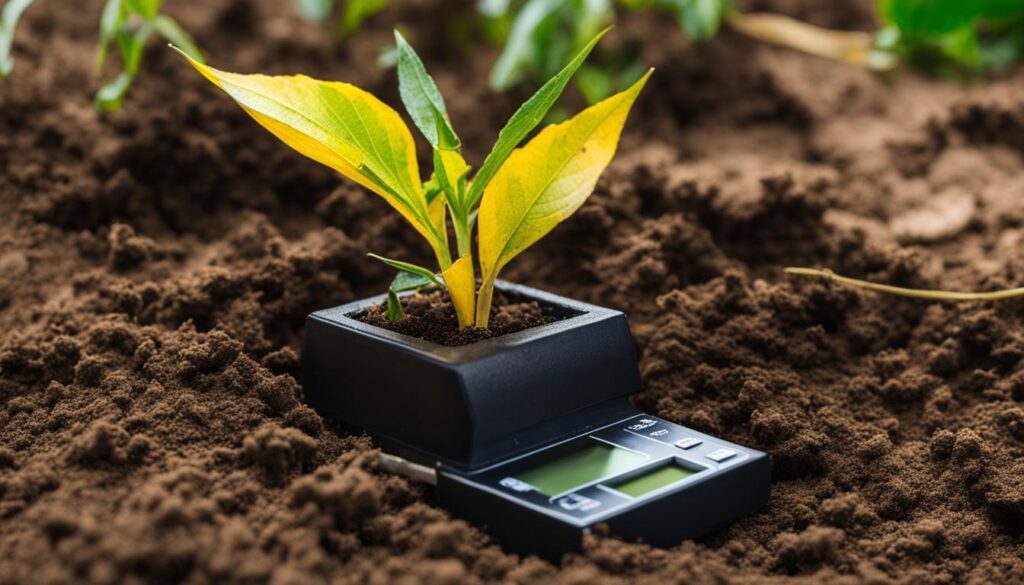
High pH soil can contribute to yellow leaves on plants. When the soil’s pH is higher than 7, the availability of certain nutrients, such as iron, decreases, making them less soluble and harder for plants to absorb.
Acidic soil is often needed for plants that require a higher amount of iron, such as blueberries, rhododendrons, and azaleas. Conducting a pH test along with a soil test can determine the soil’s pH level and nutrient levels.
If the soil’s pH is too high, reducing it with sulfur or other appropriate methods can help plants absorb the necessary nutrients and prevent yellowing leaves.
Effects of High pH on Plant Health
High pH soil affects plant health by interfering with nutrient availability. As the pH increases, some essential nutrients like iron, manganese, and zinc become less accessible to plants.
These nutrients are crucial for various enzymatic and metabolic processes within plants, including chlorophyll production. Without sufficient access to these nutrients, plants may exhibit symptoms like yellowing leaves.
To address the issue of high pH soil, it is essential to lower the pH to a suitable range for the specific plant species. Methods for lowering soil pH include applying elemental sulfur, acidic organic matter such as peat moss, or using acidifying fertilizers.
Making amendments to the soil can help plants acquire the necessary nutrients and prevent yellow leaves.
| Nutrient | Impact of High pH on Nutrient Availability |
|---|---|
| Iron | Less soluble and less available to plants, leading to chlorosis and yellowing leaves |
| Manganese | Reduced solubility, affecting various metabolic processes and causing yellowing leaves |
| Zinc | Decreased availability, leading to stunted growth and yellowing between leaf veins |
By addressing high pH and ensuring proper nutrient availability, gardeners can help their plants maintain vibrant green leaves and overall health.
Fertilizer Burn and Yellow Leaves
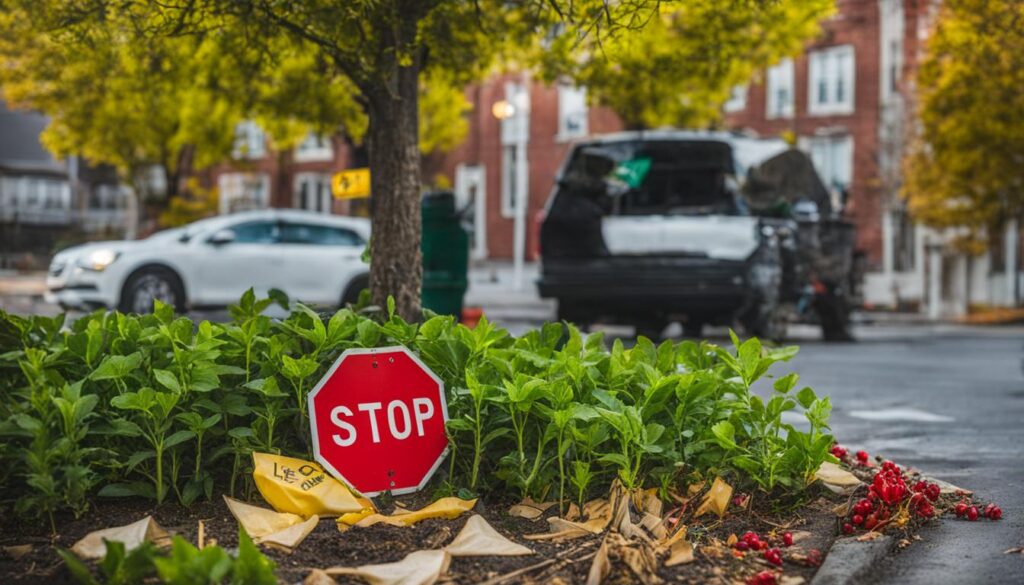
Yellow leaves on plants can be a sign of various issues, and one potential cause is fertilizer burn. Fertilizer burn occurs when too much fertilizer is applied to plants, leading to damage and the yellowing of leaves.
Soluble salts in the fertilizer can draw moisture away from the roots, while direct contact with the leaves can cause scorching and discoloration. To avoid fertilizer burn and maintain leaf health, it is important to follow proper fertilization practices.
When using fertilizer, it is crucial to use the correct amount and type for specific plants. Overapplication can overwhelm the plants and cause damage.
It is recommended to carefully read and follow the instructions on the fertilizer packaging. Applying fertilizer evenly and avoiding direct contact with the leaves can help prevent fertilizer burn.
Another important aspect of preventing fertilizer burn is to water plants properly. Deep watering can help flush excess fertilizer from the soil and prevent it from accumulating and causing harm.
Adequate watering also helps dilute the concentration of nutrients in the soil, reducing the risk of fertilizer burn. Regularly monitoring plants for signs of stress, such as yellowing leaves, and adjusting watering and fertilization practices accordingly can help maintain plant health.
Remember that plant nutrients play a crucial role in leaf health and overall plant growth. While fertilizer is essential for providing these nutrients, using it judiciously is key to preventing yellow leaves caused by fertilizer burn.
By following proper fertilization practices, you can promote healthy leaf growth and maintain the vitality of your plants.
Nutrient Deficiency and Leaf Symptoms
| Nutrient | Leaf Symptoms |
|---|---|
| Nitrogen | Broad yellowing of leaves, starting with older and inner leaves |
| Potassium | Yellow color on leaf margins |
| Magnesium | Yellow patches between leaf veins |
| Iron | Yellowing between leaf veins, especially on young leaves |
| Sulfur | Yellowing throughout the leaf |
Insects and Yellow Leaves on Plants
When it comes to yellow leaves on plants, insect damage can be a significant factor. Pests such as whiteflies, harlequin bugs, caterpillars, and squash bugs are known culprits in causing yellowing leaves.
These insects can feed on plant tissues, sucking out sap and nutrients, which eventually leads to the yellowing and weakening of the leaves. In severe cases, the leaves may even die and fall off.
To prevent and control insect damage, regular inspection of plants is essential. Look out for signs of pests, such as chewed leaves, sticky residue from aphids, or the presence of eggs or larvae.
If you spot any infestations, take immediate measures to control the pests. This can include manually removing the insects, using insecticidal soaps or sprays, or introducing natural predators that feed on the pests.
Implementing good garden hygiene practices can also help prevent insect infestations. Keep the garden clean and free from debris, as this can attract and harbor pests.
Maintaining plant health through proper watering, fertilization, and providing optimal growing conditions can make plants less susceptible to insect damage.
By addressing insect infestations promptly and implementing preventive measures, you can effectively control yellow leaves caused by pests and ensure the overall health and vigor of your plants.
How to Prevent and Fix Yellow Leaves on Plants
When it comes to yellow leaves on plants, prevention and proper care are key. By following a few simple steps, you can keep your plants healthy and vibrant.
Firstly, ensure that your plants are getting adequate light. Different plants have different light requirements, so do some research to determine the ideal lighting conditions for your specific plants. Providing the right amount of light will help prevent yellowing leaves.
Secondly, proper watering is crucial. Overwatering or underwatering can both lead to yellow leaves. Be sure to water your plants appropriately, allowing the soil to dry slightly between waterings. This will help maintain the right moisture balance and prevent stress on the plants.
In addition to light and water, proper fertilization is essential. Use a balanced fertilizer to provide the necessary nutrients for your plants.
Be careful not to over-fertilize, as this can lead to fertilizer burn and yellowing leaves. Follow the instructions on the fertilizer package and apply it at the appropriate times.
Lastly, keep an eye out for pests and take appropriate measures for pest control. Insects can cause damage to plants, resulting in yellow leaves.
Regularly inspect your plants for signs of infestation, such as chewed leaves or sticky residue. If you detect any pests, address the issue promptly using organic or chemical pest control methods.
By following these plant care practices, you can prevent and fix yellow leaves on plants. Remember to provide adequate light, proper watering, balanced fertilization, and regular pest control. With a little attention and care, your plants will thrive and showcase their vibrant green leaves.
FAQ
How can I fix yellow leaves on plants due to nutrient deficiency?
To fix yellow leaves on plants caused by nutrient deficiency, it is important to identify the specific nutrient lacking in the plant. This can be done by observing the patterns of yellowing on the leaves. Once the nutrient deficiency is identified, you can provide the necessary nutrients through appropriate fertilization methods or by amending the soil with the lacking nutrient. It is also crucial to ensure proper watering and light conditions for the plant’s overall health.
Why do plant leaves turn yellow?
Plant leaves can turn yellow due to various reasons. Some common causes include natural aging, nutrient deficiencies, pests, diseases, or environmental stress. When a plant lacks certain nutrients, its leaves can turn yellow as a result of chlorosis, a condition where there is insufficient chlorophyll production. Yellow leaves can also be a symptom of high pH soil, fertilizer burn, or insect damage. It is important to identify the specific cause in order to provide the appropriate treatment and prevent further yellowing.
What are the causes of yellow leaves on plants?
Yellow leaves on plants can be caused by a variety of factors. Some common causes include a deficiency of light, scarcity or excess of water, nutrient deficiency, high pH of the soil, fertilizer burn, and insect damage. Lack of light can result in yellow leaves as photosynthesis cannot occur without adequate light. Insufficient or excessive water can also lead to yellowing leaves. Moreover, nutrient deficiencies, high soil pH, and fertilizer burn can contribute to yellow leaves on plants. It is important to address the underlying cause to maintain the health of your plants.
How does nutrient deficiency cause yellow leaves?
Nutrient deficiency can cause yellow leaves on plants because the lack of essential nutrients affects chlorophyll production. Different nutrient deficiencies can result in different patterns of yellowing on the leaves. For example, lack of nitrogen causes a broad yellowing of leaves, starting with older and inner leaves. Potassium deficiency shows as yellowing on leaf margins. Magnesium deficiency leads to yellow patches between the leaf veins, while iron deficiency shows as yellowing between the leaf veins, especially on young leaves. Sulfur deficiency results in yellowing throughout the leaf. Providing the necessary plant nutrients can help prevent and treat yellow leaves on garden plants.
Can high pH soil contribute to yellow leaves on plants?
Yes, high pH soil can contribute to yellow leaves on plants. When the soil’s pH is higher than 7, the availability of certain nutrients, such as iron, decreases, making them less soluble and harder for plants to absorb. Some plants, like blueberries, rhododendrons, and azaleas, require acidic soil with a higher amount of iron. Conducting a pH test along with a soil test can determine the soil’s pH level and nutrient levels. If the soil’s pH is too high, reducing it with sulfur or other appropriate methods can help plants absorb the necessary nutrients and prevent yellowing leaves.
How can I avoid fertilizer burn and yellow leaves on plants?
To avoid fertilizer burn and yellow leaves on plants, it is important to follow proper fertilization practices. Use the correct amount and type of fertilizer for specific plants, and always follow the instructions provided. Avoid applying fertilizer directly to the leaves, as this can cause damage. Additionally, make sure to water the plants adequately after applying fertilizer to prevent the soluble salts from drawing moisture away from the roots and causing yellowing and scorching of the leaves.
How can I prevent and treat yellow leaves caused by insects?
Preventing and treating yellow leaves caused by insects involves regular inspection and appropriate pest control measures. Inspect plants regularly for signs of insect infestations, such as whiteflies, harlequin bugs, caterpillars, or squash bugs. If an infestation is detected, use the appropriate insecticide or organic pest control methods to eliminate the pests. Early detection and prevention are crucial for maintaining the overall health of the plants and preventing yellowing leaves.
How can I prevent and fix yellow leaves on plants?
Preventing and fixing yellow leaves on plants involves proper plant care and maintenance. Provide adequate light for the plants, ensuring they receive the appropriate amount of sunlight or artificial light. Adjust watering practices to avoid overwatering or underwatering, as both can lead to yellowing leaves. Regularly fertilize the plants with the necessary nutrients to prevent nutrient deficiencies. Finally, monitor the plants regularly for signs of insect infestations and take appropriate pest control measures. By ensuring proper care and addressing any issues promptly, you can prevent and fix yellow leaves on plants.


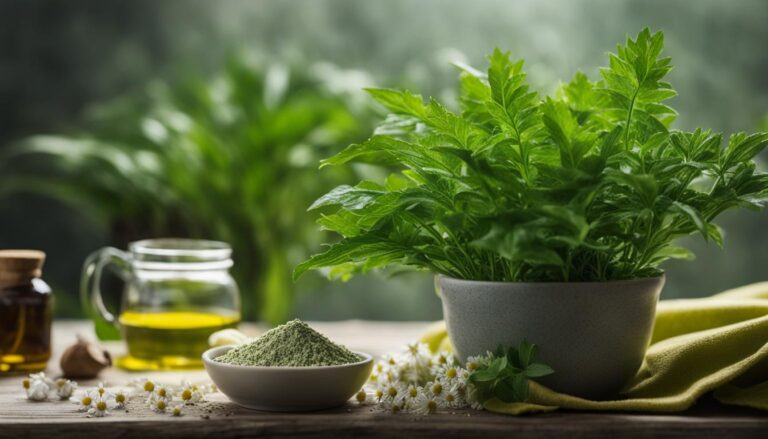
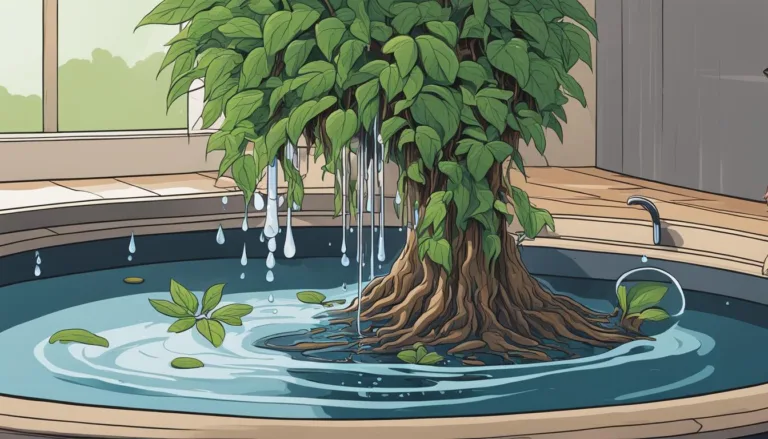
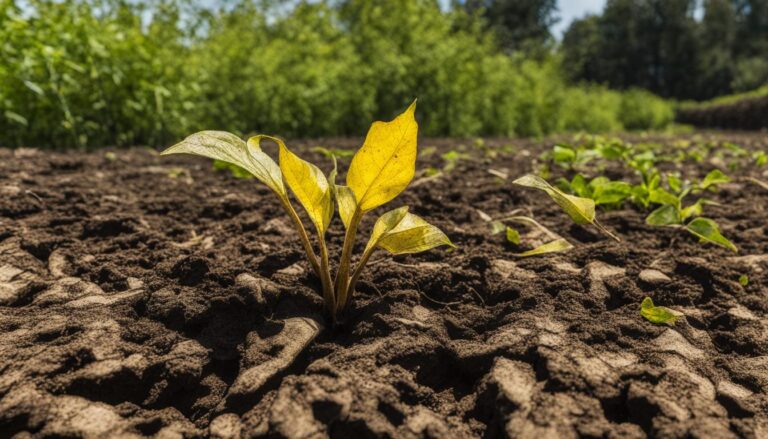

One Comment